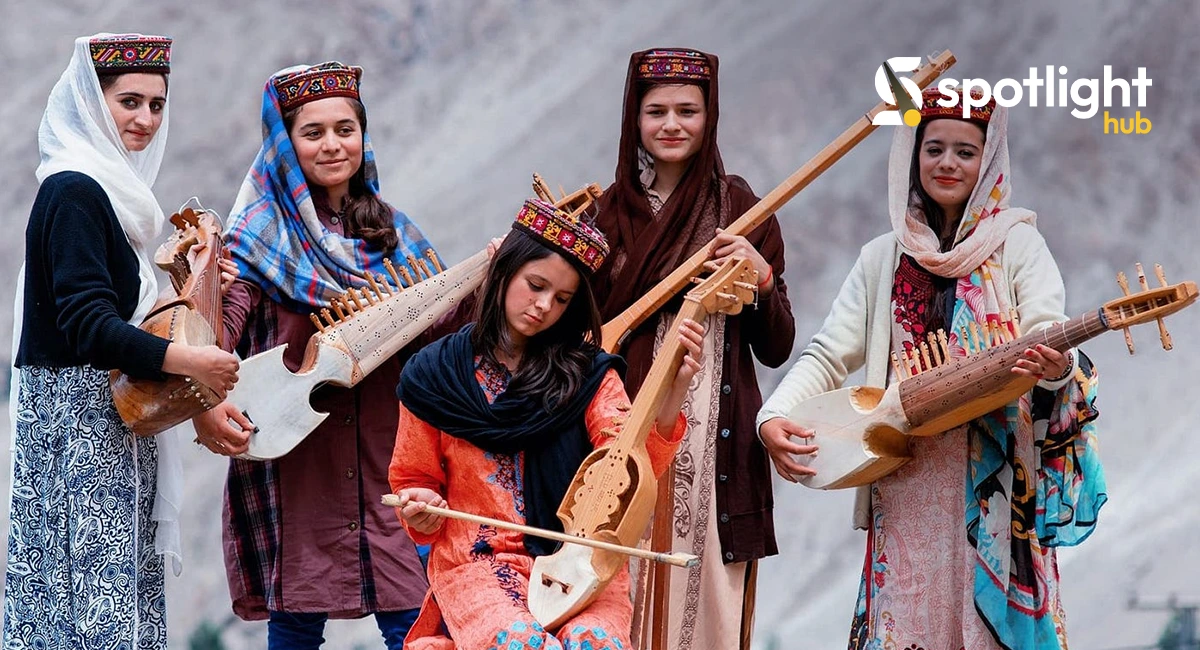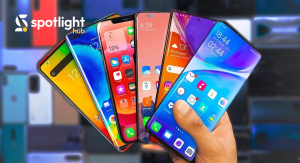Pakistan’s music industry is one of the most diverse in South Asia, blending classical roots with modern innovation. From folk melodies to hip-hop anthems, Pakistani artists continue to evolve, creating a sound that’s both deeply local and globally relevant.
With streaming platforms and social media making music more accessible than ever, a new generation of artists, producers, and bands is emerging. 2025 is shaping up to be an exciting year for Pakistan’s music scene, filled with fresh talent and new trends.
So, who are the new artists to watch, what trends are taking over, and how are streaming and social media changing the game? Let’s dive in.
New Artists to Watch
Pakistan’s new wave of artists is reshaping the music industry with soulful indie voices, experimental electronic sounds, and modern rock influences. Their unique styles are earning both local and global recognition.
Kaavish’s Zafar Zaidi is making a massive comeback with Gen Z, thanks to his latest release, Oh Yarra, in the last season of Coke Studio. Despite years in the industry, his emotional ballads and nostalgic sound are thriving on streaming platforms, proving that classic music always finds its audience.
Shae Gill remains a standout name, rising to fame with Pasoori. Her dreamy vocals and indie-folk fusion have made her one of Pakistan’s most promising artists.
Abdur Rehman, formerly of Kashmir, is now leading Haavi, bringing a fresh alternative rock sound to the scene.
Meanwhile, Abdul Hannan, Nehaal Naseem, Maria Unera, and Maanu are making waves in indie, pop, and R&B, shaping a new musical identity for Pakistan.
Trends Taking Over in 2025
Music trends in Pakistan are evolving faster than ever, influenced by social media, global collaborations, and a growing independent artist movement.
One of the biggest shifts in 2025 is the rise of indie and alternative music. As more artists move away from commercial labels and release music independently, soft rock, electronic, and indie-pop are gaining mainstream popularity.
Hip-hop continues to thrive, with Young Stunners, Faris Shafi, and Eva B leading the way, but a new wave of artists is keeping the momentum alive. JJ47, Rap Demon, and Umair are driving Urdu rap forward with fresh flows, while Kaifi Khalil fuses hip-hop with folk, crafting a unique sound. As the genre evolves, these rising stars are making Urdu rap innovative and unstoppable.
Meanwhile, fusion music, a blend of traditional Eastern sounds with modern production—is making a strong comeback, highlighting Pakistan’s deep musical roots.
Live music is also returning in full force. After years of restrictions, festivals and concerts are reviving the scene. Events like Lahore Music Meet and Salt Arts Sessions are giving local artists a platform to connect with fans through intimate, immersive performances.
Streaming & Social Media’s Impact
Gone are the days when radio and TV controlled the music scene. In 2025, success is all about digital reach. Platforms like Spotify, YouTube, and TikTok have completely changed how artists distribute their music and gain fans. Songs can go viral overnight, leading to millions of streams and international recognition.
Social media has also democratized the music industry, allowing independent artists to reach audiences without needing a record label. With TikTok trends, Instagram reels, and playlist placements, Pakistani musicians now have more opportunities to showcase their talent than ever before.
Who is Influencing Them?
While these emerging artists are redefining the scene, their journey has been shaped by musicians and producers who built the foundation of modern Pakistani music.
Pakistan’s alternative rock scene was shaped by bands like Aaroh and Entity Paradigm, who brought the genre into the mainstream. Bayaan, with its poetic lyrics and rich melodies, has carried that sound forward, often being compared to Coldplay for its soulful and emotional style.
On the production side, Ahsan Bari of Sounds of Kolachi has been a key figure in fusing Eastern classical music with contemporary jazz and rock, inspiring many young artists of Karachi & Sindh.
Similarly, Sherry Khattak from Karakoram has played a vital role in reviving rock music, giving it a heavier, more modern sound.
Of course, we can’t forget the legends who set the stage for this new wave, Coke Studio’s influence, Xulfi’s work with emerging bands, and Rohail Hyatt’s experimental production have all shaped the industry.
The Challenges for New Musicians
While technology has made it easier to release music, breaking into the industry is still a challenge. Independent artists struggle with funding, marketing, and reaching wider audiences, making it difficult to turn their passion into a full-time career.
Key challenges include:
- No Major Record Labels: Most musicians have to self-produce and promote their music.
- Financial Struggles: Making professional music requires investment, and many artists lack industry support.
- Copyright Issues: Music piracy and lack of copyright protection remain challenges for independent musicians.
However, with brand sponsorships, independent music platforms, and streaming revenue, the industry is gradually shifting toward supporting homegrown talent.
What’s Next?
Pakistan’s music industry is at a turning point. With rising talent, diverse genres, and a growing international audience, the country is set to become a key player in the global music scene.
Whether it’s the hip-hop explosion, indie music takeover, or the rise of live concerts, one thing is certain, Pakistani artists are making waves, and the world is paying attention.










